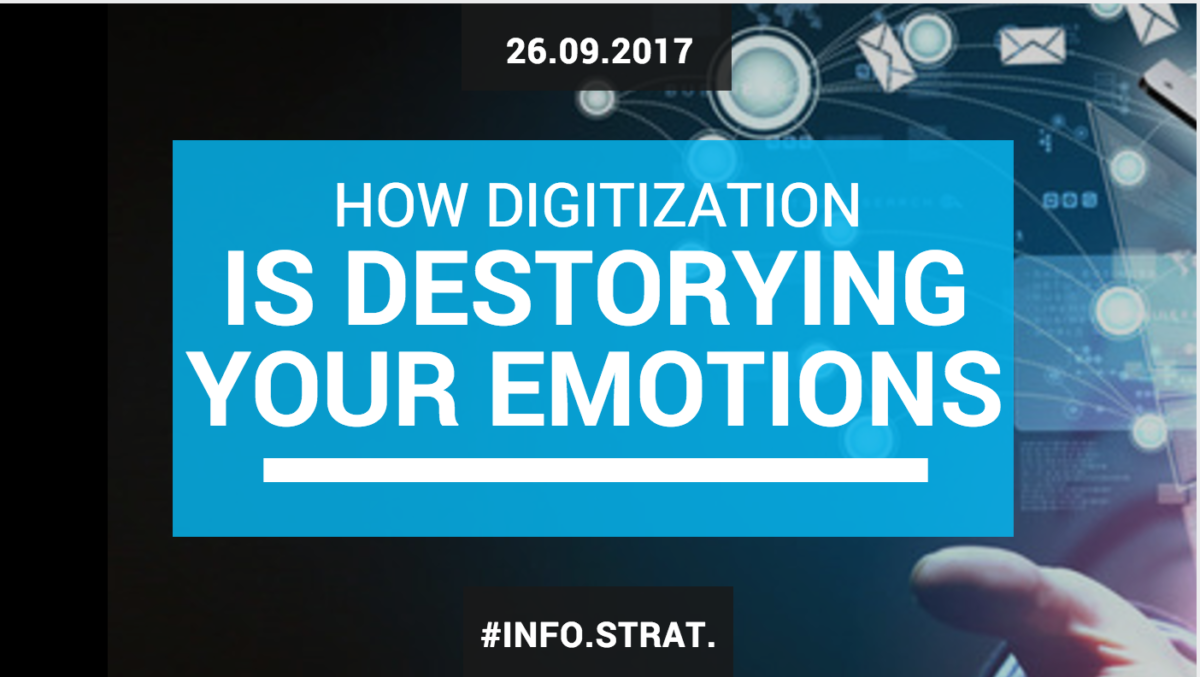As new technologies become ever more widely accessible, the business are looking for ways to further automate our lives. The idea is simple (and quite convincing!)- why should we spend time on operations that AI can be trained to perform? In a lot of cases the AI/ machine learning solutions are even more effective, as no human error is at play. One of such technologies, which are revolutionizing some industries is emotion recognition (Sydorenko, 2021). Companies like start-up Emotient have produced software which, they claim, can identify people’s emotions (Crawford, 2021).
The emotion recognition tools are now being applied to quite a large array of activities: they can be used to analyze you during your job interview and airports used them to identify potentially dangerous people. Let’s take HireVue recruiting company for example- in 2014 it has released a software that analyzes job applicants’ faces and voice tones. They then compare it with the best workers in the particular company in hope that these attributes can identify employees that will bring the most value into the company (Crawford, 2021).
We could argue that systems like this are wonderful examples of how much our society can benefit from the technology. There is just one issue: all of these emotion recognition systems are based on a theory that all humans experience a few universal emotions and that they are natural, innate and not dependent on the culture we grew up in (Sydorenko, 2021). This theory hasn’t been in fact yet proven by any reliable and detailed research (Gifford, 2020). Most believe that Paul Ekman, American psychologist, has proven this theory, but the scientific circle (eg.Margaret Mead, American cultural antrophologist) has been sceptic about his research methods and assumptions (Crawford, 2021).
For me it seems very irresponsible to create tools that can, presumably, read people’s emotions and ambitions, while scientists haven’t even been able to prove that emotions can be read from human expressions or their voice. It assumes all the emotions are also expressed in the same way by all of us, which is hard to believe. In this shape, the emotion recognition technologies are often putting people in a disadvantaged position (rejecting from a job/ identifying as a dangerous individual) without any reliable reason.
Do you think it is a dangerous phenomenon? Or rather an advancement towards a more technologically operated world?
References:
Sydorenko, I. (2021, August 25). AI in Emotion Recognition: Does it work?. Label your Data https://labelyourdata.com/articles/ai-emotion-recognition
Crawford, K. (2021). Atlas of AI: Power, Politics, and the Planetary Costs of Artificial Intelligence. Yale University Press.
Gifford, C. (2020, June 15). The problem with emotion- detection technology. The New Economy. https://www.theneweconomy.com/technology/the-problem-with-emotion-detection-technology




